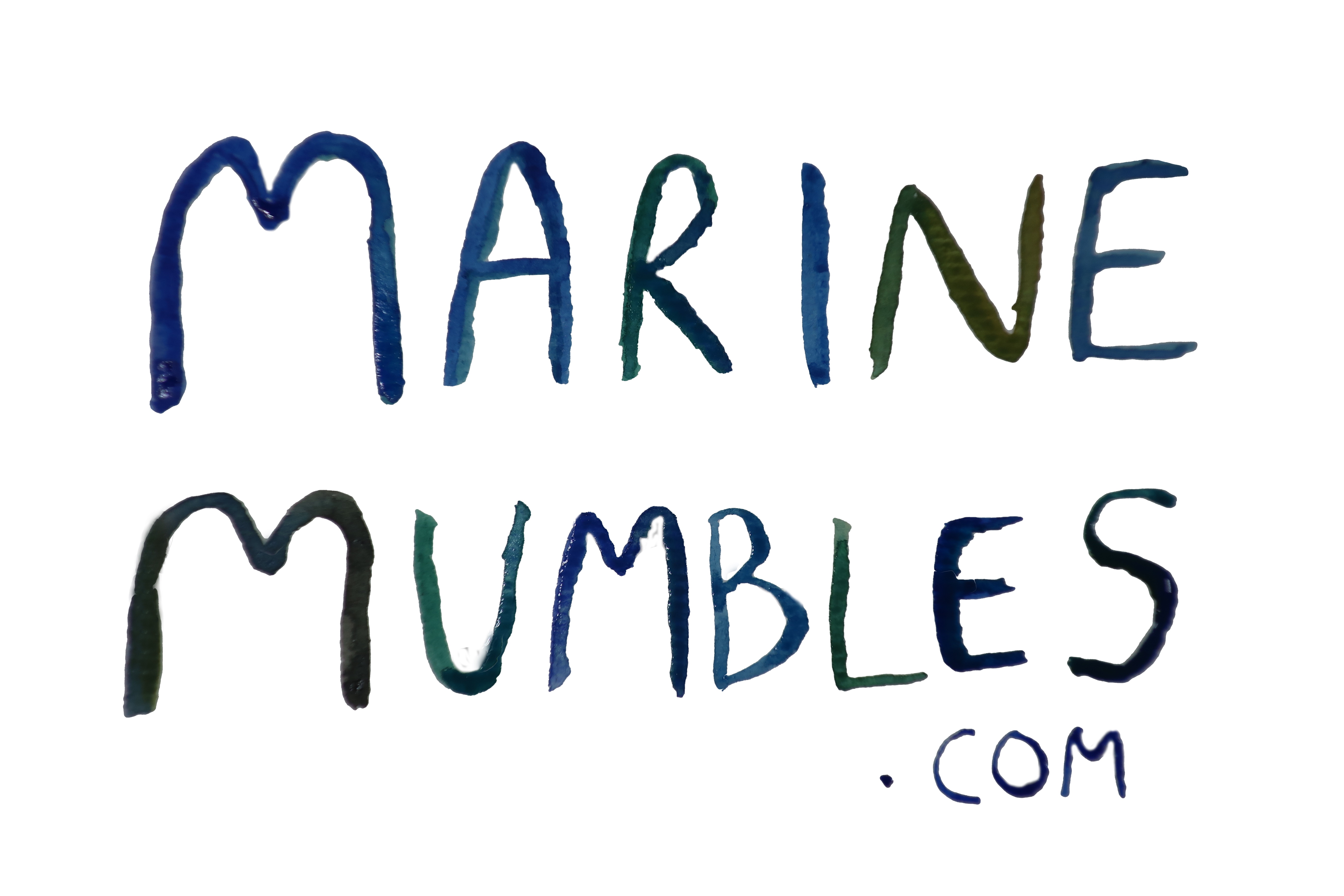Upside down jellyfish are exactly what the say they are. They are the jellyfish that ignores the rules, push the boundaries and decide the best thing to do is plonk themselves upside down on the sand and stay there. Why bother floating around, when you can get all you need sitting on your bum, well in this case doing what could be described as a jellyfish handstand (if they had any hands). I had the pleasure of getting to see them in Puerto Rico (read more here).
These jellyfish take up home mangroves and seagrass beds. They have a browny, transparent colour, but the brown colouration they have doesn’t actually come from the jellyfish. They have symbiotic algae living in their tissues which photosynthesise and provide the jellyfish with nutrients in turn for protection from the jellyfish. Their lovely friendship works well in the tropics as the water is clear and these jellyfish can get plenty of sunlight by settling in the shallows. But this isn’t enough food for the jellyfish, it also has an awesomely nasty way of getting some more snacks. The jellyfish has nematocysts, these are like tiny stinging darts along its frilly tentacles. As the jellyfish pulses its bell, the jellyfish top (well in this case bottom) pushes zooplankton in the watercolour towards lots of tiny ‘mouths’. Theses are surrounded by the nematocysts, the jellyfish can therefore jellyfish kill and eat the zooplankton in a nice efficient fashion.

Screenshot of Seafloor (taken from GoPro) – Red circles indicate every upside down jellyfish that can be seen on the floor (its covered!).
However, these nematocysts also come in handy for protection too. If disturbed they can release them on strings of mucus that float along in the water colom. From person experience I can tell you this is very very irritating as they provide a sting much like brushing up lightly against a nettle. Whilst conducing a project in the mangroves for 3 days we had to be very careful not to disturb these species with our fins or in a few minutes your face and hands would be stung. One or to stings are not too bad but these species don’t just settle individually they cover the floor, like in the above picture. If the stinging doesn’t work to get rid of a predator and and they get really annoyed they can always swim off to a less dangerous location. These jellyfish really do have it sorted!
They also provide an important food source for some of my favourite species. Leather back turtles (which are endangered) and ocean sunfish rely on these as primary food sources as well as some other reef fish. Leatherbacks have to eat a lot of these guys to survive and they are therefore a very important part of the ecosystem. However, as they choose to live in the shallows of mangroves and some seagrass beds they are at risk as these are some of the most threatened ecosystems in the world. Mangroves are being removed for tourist hotels and more coastal land. Sediment from degraded channels, climate change and rising sea levels are just some of the threats both these ecosystems face. Indirectly these are also the threats these awesome little creatures also face. They have chosen to live on he seafloor and so far the risky gamble has paid off but sadly very soon this might not pay off as there habitat disappears.
I love this species because they are bizarre, they break trends, pack a punch and sit on the floor and eat and sunbathe all day with their algae friends! If I have the option to come back as an upside down jellyfish in a next life, I don’t think I would say no!
Hope I’ve not made you too jealous about getting to spend two weeks hanging out with these guys. As always please follow me on twitter and Instagram and comment below any questions!



Really enjoyed reading about this!
Glad you enjoyed another post!